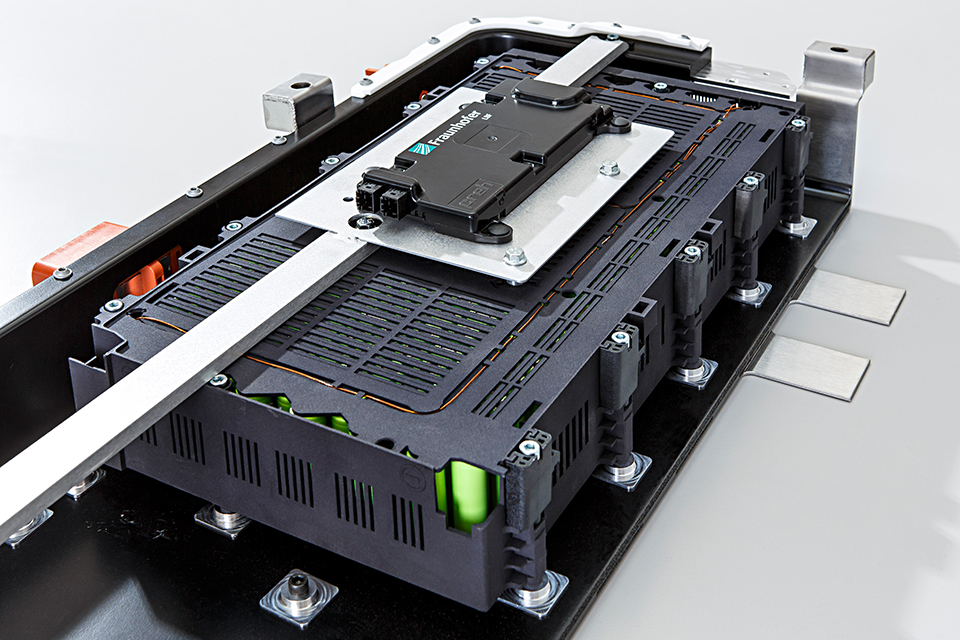We develop plastic battery housings for e-mobility that are as light and recyclable.


For structural components to be successfully recycled, they must be easy to dismantle and suitable for the material flow to make sorting as highly efficient as can be. So, the different materials can be separate into different material flows and should be utilised as efficiently as possible and processed into high-quality recyclates. The Fraunhofer LBF uses comprehensive analytics to determine the quality and possible batch differences of the materials. This serves as a starting point for targeted material customisation as part of the R-strategies for use in demanding and heavy loaded applications. By adapting additives, an improvement in quality can be achieved along the entire value chain. Our research focus on halogen-free flame retardants is aimed at bringing recyclates into higher-value applications (e.g. in electromobility); this is primarily achieved through the use of sustainable flame retardants based on renewable raw materials.
The CIRCULUS project, funded by the German Federal Ministry for Economic Affairs and Climate Protection, investigated the recycling and use of recyclates in battery housings as well as the reutilisation of old battery cells. At the end of the vehicle's life, the battery cells usually still have sufficient capacity and performance to be used in a second life as a stationary power storage unit. This allows us to recycle the materials used and enable efficient utilisation of the resource-intensive battery cells.

“In the future, the number of battery cells used in second-life applications will increase. At the same time, however, enough old battery cells must also be recycled to utilize the raw materials in more efficient and new cell technologies.”
Dr. rer. sust. Dominik Spancken, Fraunhofer LBF